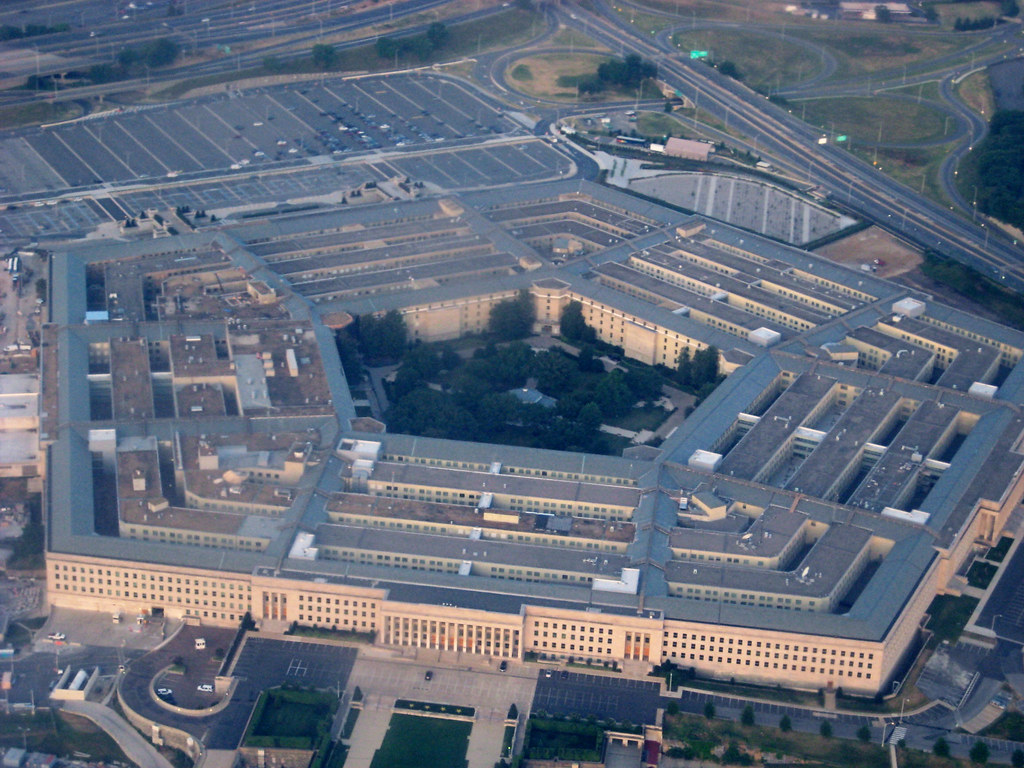
A couple of fairly clear elements have arisen about the Pentagon’s otherwise secretive future UAV plans. The first is it intends to initially invest $1 billion in its expendable swarm program known as Replicator, with the second being participating drone makers had better be in permanent revision mode to be to produce continuously upgraded craft.
As DroneDJ has reported in the past, Replicator is the US Department of Defense’s new concept for countering enormous weapons programs used by potential foes like Russia and China. Rather than continuing to respond exclusively with additional sledgehammer-strength assets of its own, the Pentagon now wants to use enormous swarms of rapidly produced, cheap and expendable drones to swamp enemy platforms.
Though details have been kept under wraps, this week it was announced the initiative will cost $1 billion in its first two years, with funding split evenly between 2024 and 2025.
Meanwhile, other Pentagon officials made it clear that in helping the US military shift toward number-over-might swarm strategies, drone companies selected for Replicator will have to meet the challenge of virtually permanent innovation and renewal.
That warning came Monday from Assistant Secretary of the Army for Acquisition, Logistics and Technology Doug Bush, who pointed out what any modern consumer already knows: Tech is being developed and improved so fast that any new product acquired is virtually certain to be dated – if not obsolete – within a year or two. The same will be true of the Pentagon’s Replicator work.
“What you buy in one year, I’m not sure you’d want to buy that exact same (drone platform) for five years,” Bush said. “There’s also a lot of new entrants in that space. Committing to one, as good as that company might be, would perhaps foreclose other options because there’s so much innovation with new companies in that space.”
The Pentagon’s own objectives for Replicator deployments, meanwhile, will continue evolving as tech, scenarios, and kinds of applications advance.
“We might be heavy one year in intelligence, surveillance and reconnaissance and heavy the next year in strike,” Bush said.
Earlier on Monday, US Deputy Defense Secretary Kathleen Hicks said the $1 billion Replicator will require for its first two years will either come from additional funds approved by Congress, or redirected from within the budget – possibly from economies in halting previous programs.
With Replicator not expected to have drones and their makers selected and contributing before next year, Hicks said the initial efforts would be in transitioning the Pentagon itself toward mass swarm provisioning and deployment.
“This is (a) pathfinder,” Hicks said. “It’s largely about reducing barriers inside our system and a process.”
FTC: We use income earning auto affiliate links. More.



Comments